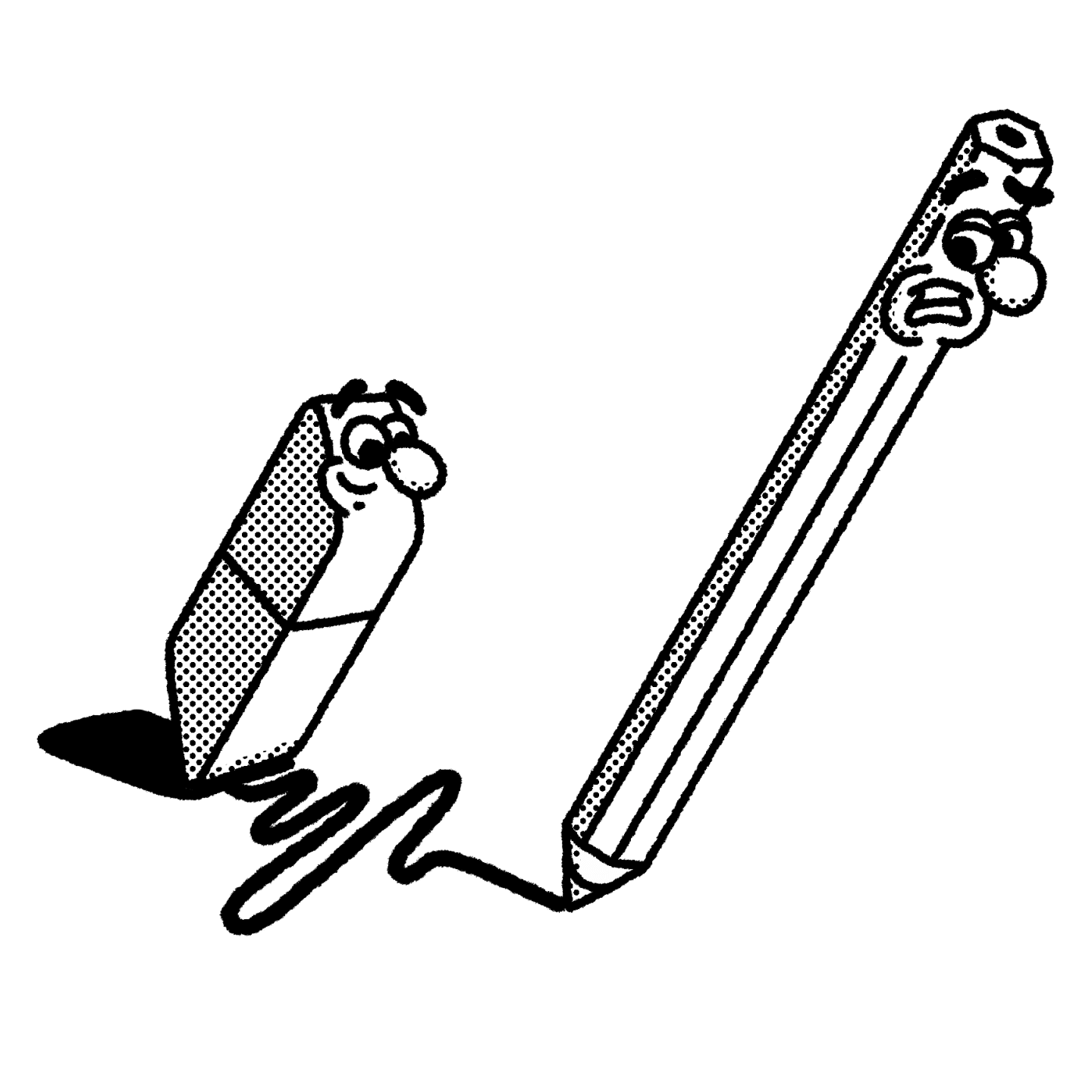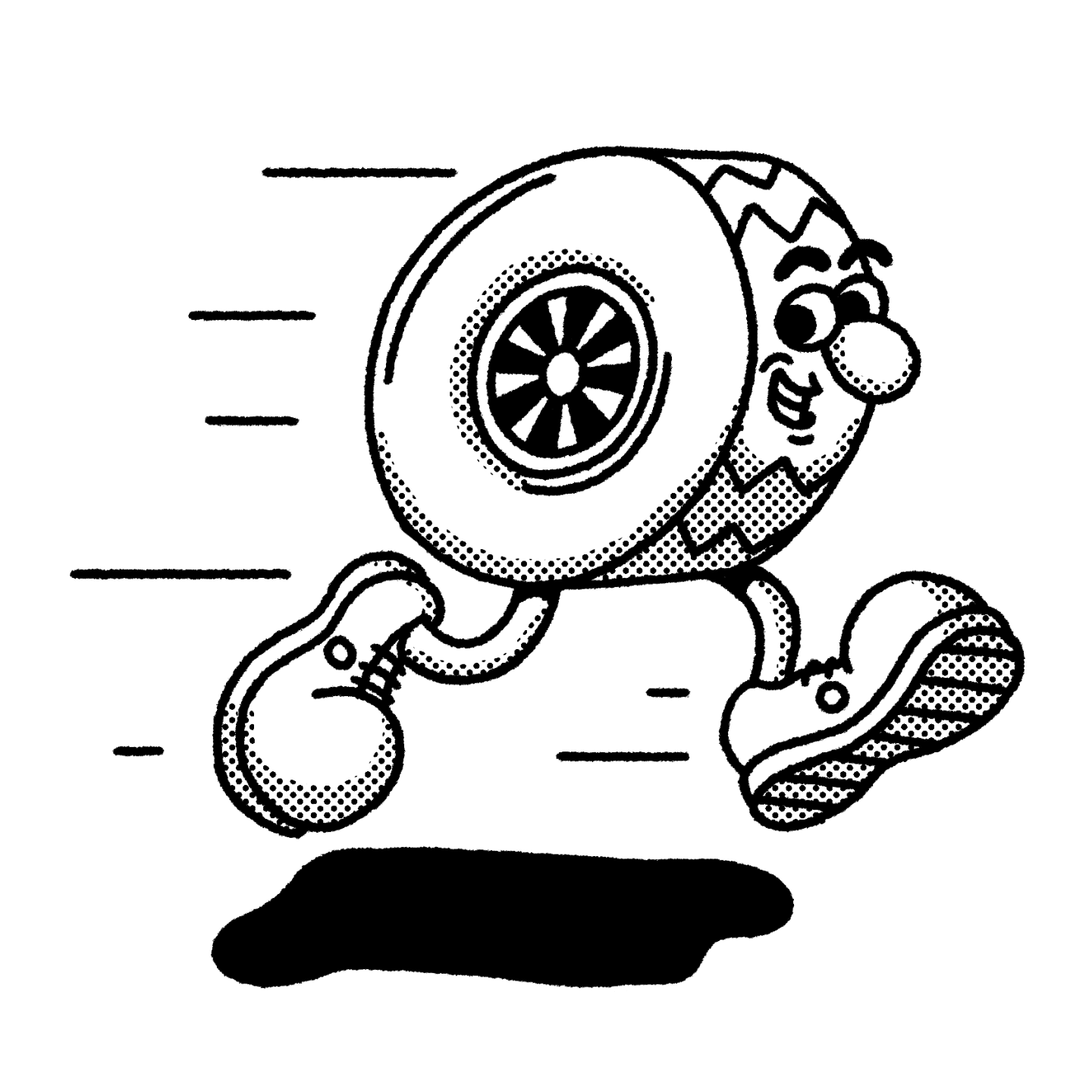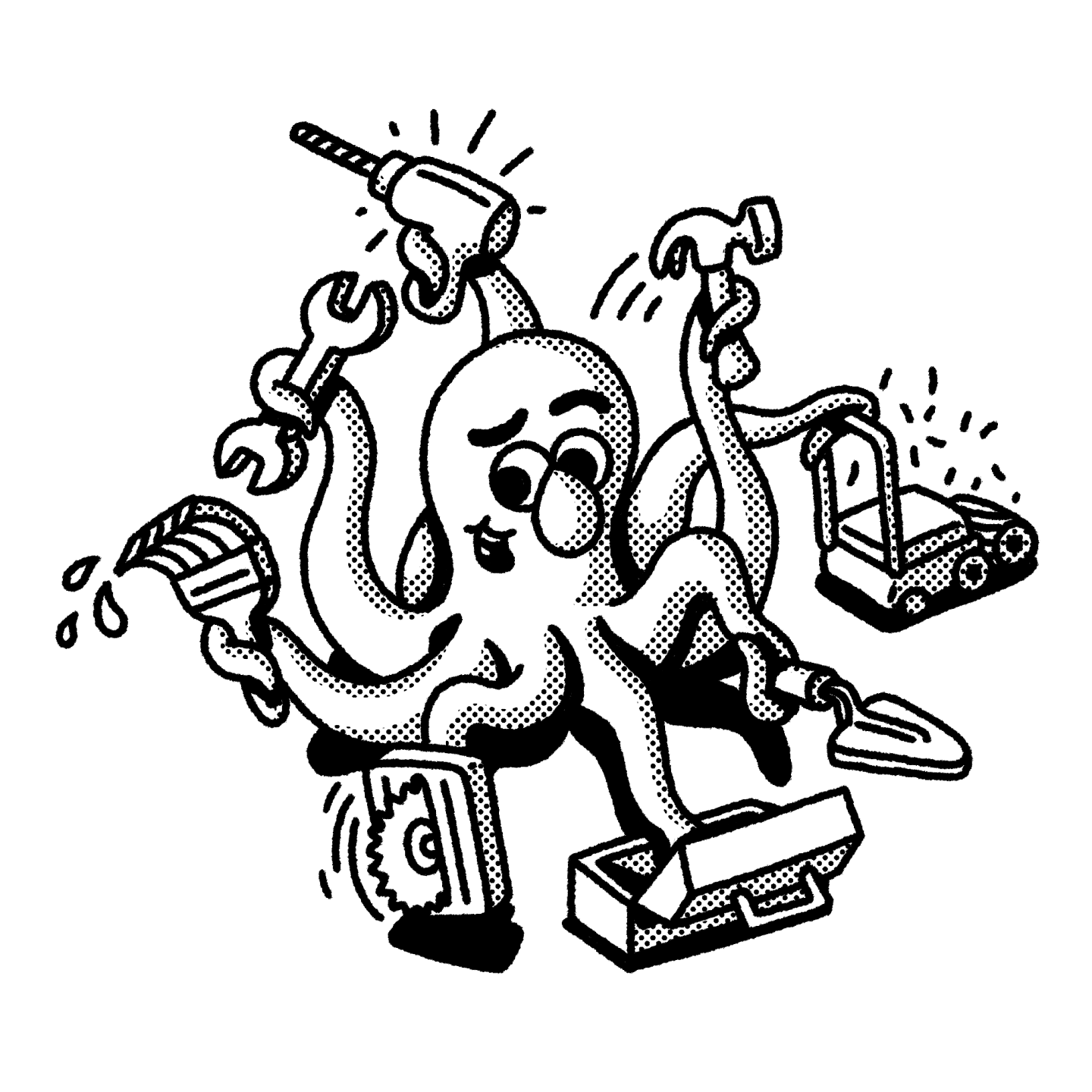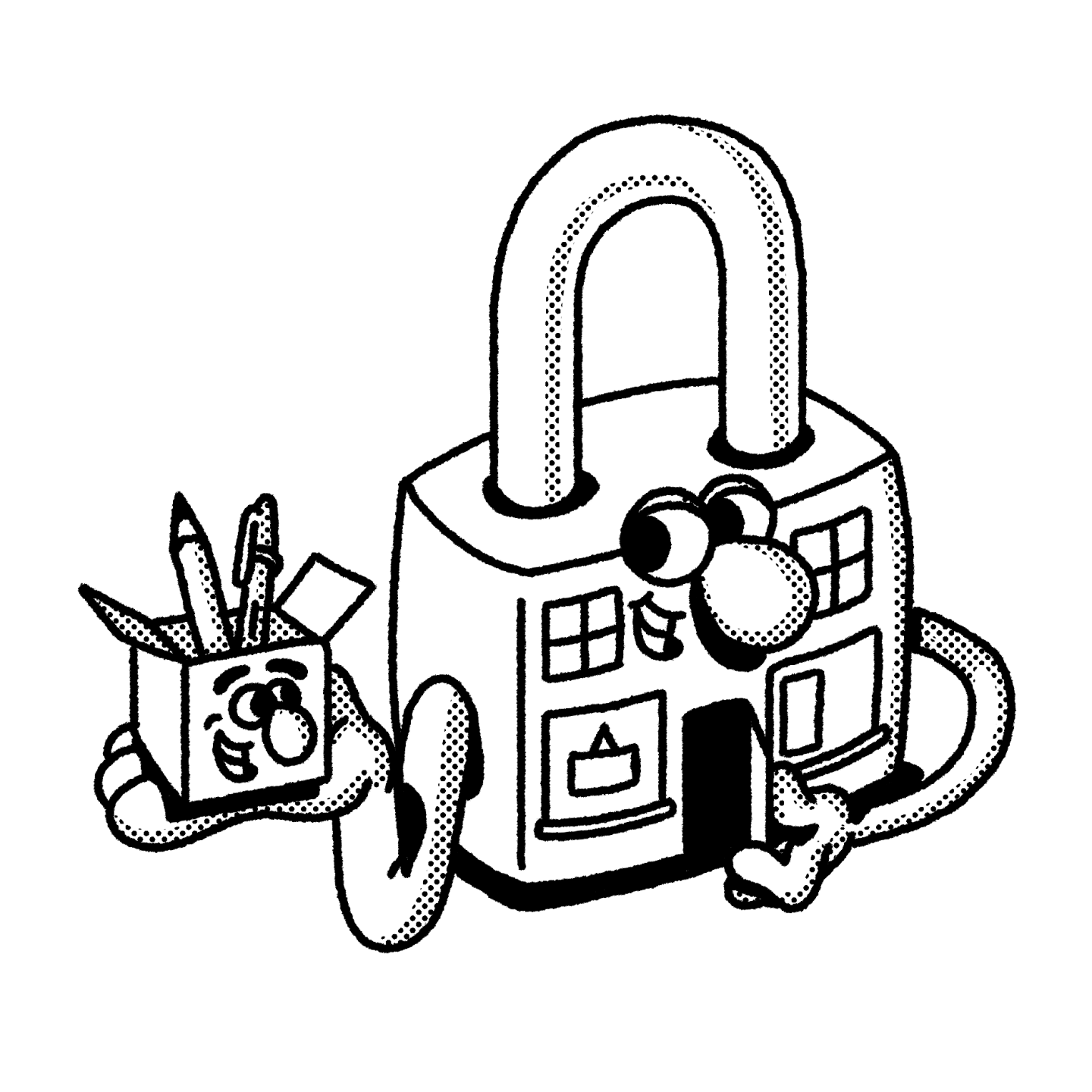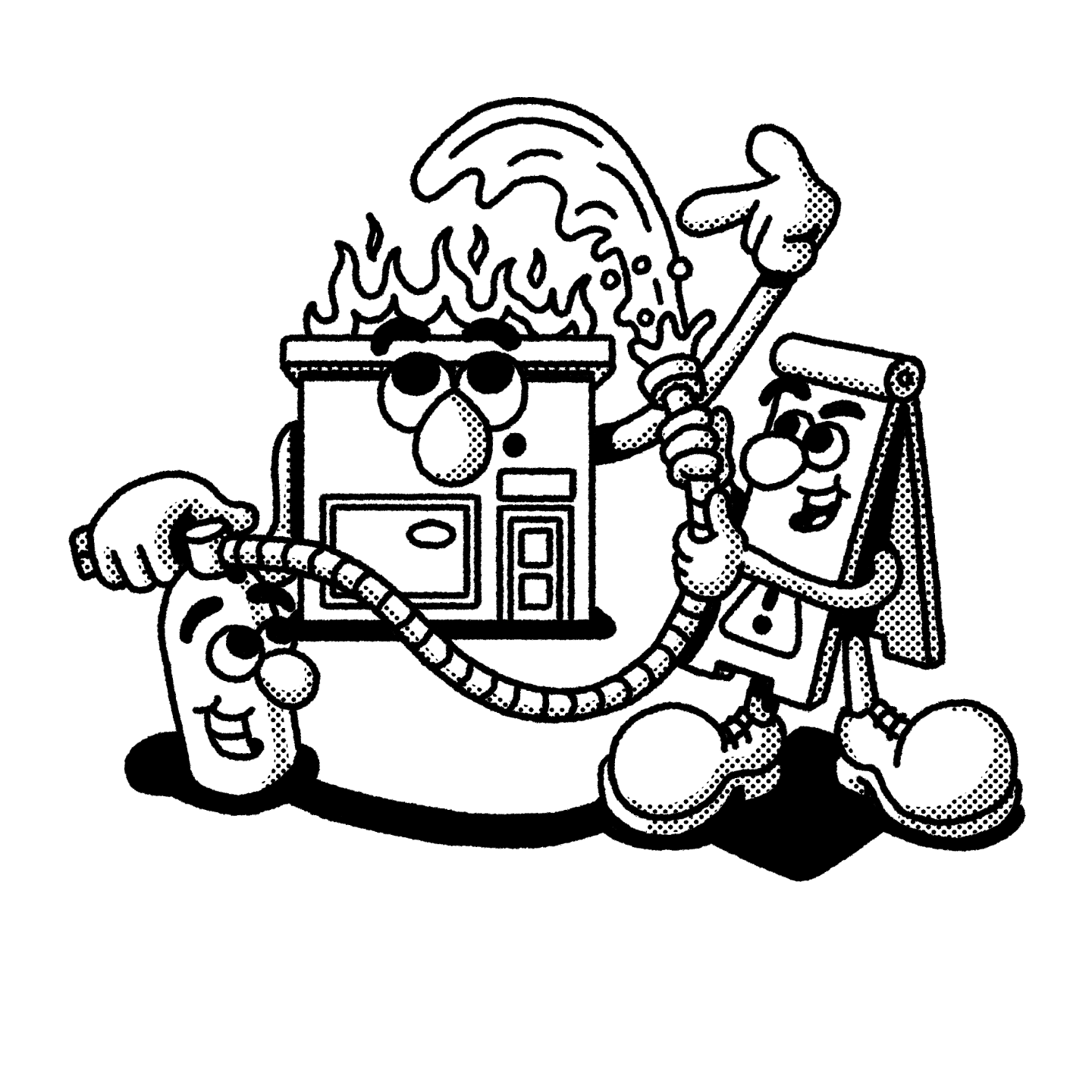How does replacement value work?
Let’s say you have a piece of equipment that’s essential to running your business, and it gets stolen or destroyed. Fortunately, if you had it covered with a replacement value policy, after filing a claim and paying your deductible, your insurer helps pay for a brand-new replacement so you can get back to work. Pretty straightforward.
However, it’s important to understand the difference between replacement value and actual cash value because they are two ways that insurance companies pay for commercial property claims that involve repairing or replacing your damaged property.
The main difference is this: with replacement value, you get new equipment, no matter how old or used the damaged equipment was. Actual cash value pays for the value of what was damaged at the moment of the accident.
What is actual cash value?
Actual cash value is the other way insurers pay for commercial property claims.
Most of us have experience with the idea of actual cash value when buying cars. We all know a new car costs more than a used one, and one with high mileage costs less than one with low mileage. The same make and model car can have very different actual cash values depending on its age and wear.
However, actual cash value works a little bit differently for insurance. Say you have a fitness business and purchased $6,000 worth of exercise bikes two years ago. If someone breaks in and steals those bikes, your insurer won’t pay for a brand new replacement if you have an actual cash value policy.
Instead, your insurer will determine how much life those exercise bikes had left in them, then multiply that by the replacement cost.
So, if a manufacturer says exercise bikes generally last five years, then yours still had three years left. That’s 60% of their life. If replacements today cost $8,000, your insurer will multiply that by 60% and come to $4,800 as the actual cash value of your exercise bikes.
With an actual cash value policy, when $6,000 of equipment gets stolen, you’ll only get $4,800 (minus your deductible) to help purchase $8,000 worth of replacements.
The depreciation of your original equipment determines what percentage of a replacement your actual cash value insurance policy will cover.
Does NEXT pay actual cash value or replacement value?
At NEXT, we like things simple — that’s why we only offer replacement value with our commercial property policies.
Actual cash value vs. replacement value
With replacement value coverage, the insurer pays for a new replacement for whatever was damaged. So, when those two-year-old exercise bikes you bought for $6,000 get stolen, the insurance company will cover you for the full $8,000 it costs to purchase replacements (minus your deductible).
With replacement value, whatever gets damaged gets replaced with new equipment, up to your policy limits, no matter how old or used it was.
Seeing the benefits of a replacement value policy, you might be wondering why you’d ever want an actual cash value policy. Seems like a raw deal, right?
Well, if you work in an industry where you can easily find acceptable used items to replace the damaged ones, an actual cash value policy could be right for you.
Additionally, actual cash value policies are generally cheaper than replacement value policies. So if you need to lower your premiums, actual cash value might be the way you have to go. After all, a little help to pay for a replacement is better than no help at all..
How NEXT makes claims fast
Keeping small business insurance simple also makes it fast. With our replacement value policies, we can resolve most claims in 48 hours, helping you get back to business as quickly as possible.
You can start a quote, customize your options and access your certificate of insurance online immediately — in about 10 minutes.

